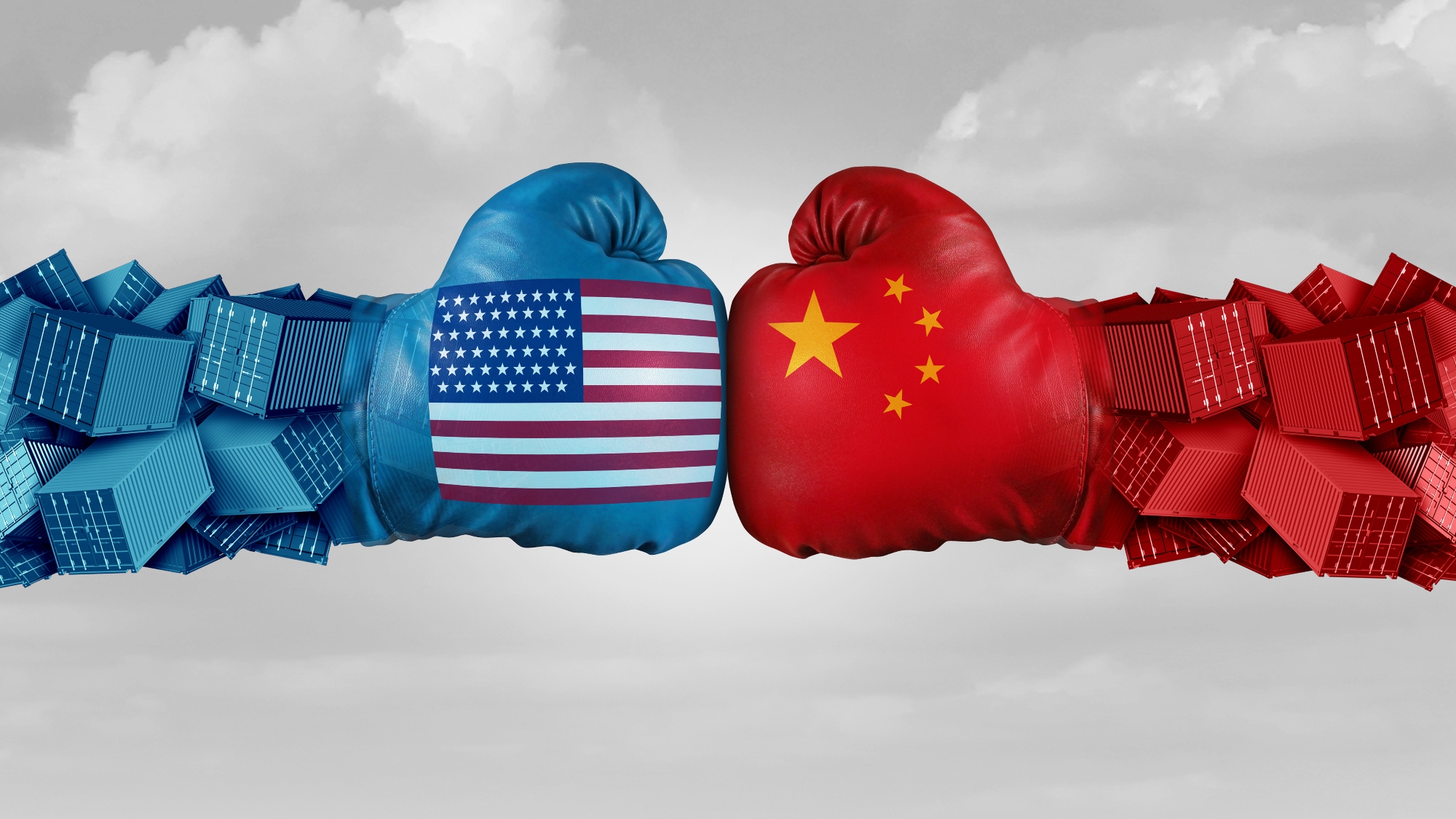Digital Business Transformation [DBT): The Journey Must Begin Now -Part 3
The final dimension of DBT is sustaining the competitive advantage once it has been achieved. The information age allows no time for resting on one’s laurels. The most successful companies understand this and continually strive to improve upon previous accomplishments. In a very real sense, sustained success is a process of continuous renewal. It’s just as important to businesses as it is to living organisms. Part 2 addressed the challenges of gaining operational excellence and the requisite competitive advantage resulting from those efforts. The final dimension of DBT is sustaining the competitive advantage once it has been achieved. The information age allows no time for resting on one’s laurels. The most successful companies understand this and continually strive to improve upon previous accomplishments.
Sustaining the Transformation
In a very real sense, sustained success is a process of continuous renewal. It’s just as important to businesses as it is to living organisms. The following example shows how Procter & Gamble (P&G) has continuously renewed itself over the years, particularly with regard to the relationship with its largest customer, Wal-Mart (1).
P&G’s willingness to reinvent itself dates back to 1920 when the company made the bold decision to begin selling direct to its largest customers as opposed to selling through brokers or distributors. In later years, the emergence of information technology such as bar-code scanners and handheld computers prompted P&G to pioneer small-scale experiments with a few retailers to build and share electronic databases, forge closer ties, and streamline the supply chain to deliver higher value to consumers. In one such experiment, P&G prototyped the forerunner of collaborative business processes, continuous replenishment. This initiative began with P&G automatically shipping Pampers to a grocery chain in St. Louis without the store’s buyers having to place orders.
P&G broadened the scope of the St. Louis prototype and used it as the foundation for its much-publicized collaborative partnership with Wal-Mart. The P&G/Wal-Mart continuous replenishment program succeeded because of a trusting business relationship and senior management’s support for an initiative that would produce mutual benefits.(2) Sam Walton summed up the philosophy behind this collaborative approach best: “Let’s invent a system wherein you ship me product, and I’ll ship you money. Quote me a net price, and I’ll give you my distribution center inventory turnover hourly. You manage the ordering, shipping, and billing and meet my turnover requirements. You keep the money you make from the savings, and I’ll keep mine. Let’s work together.” Another of Walton’s quotes is relevant here as well: “Think of my stores as an extension of your brands. Would you then think differently of how we do business?” The result was a collaboration that has sustained the extended enterprise across three decades (3).
P&G continues to innovate and drive improvement in its supply chain operations. The company’s current supply network operating strategy is called the consumer-driven supply network (CDSN). It incorporates a number of new supply chain capabilities, technologies, integrated systems, and processes to enable the company and its supply chain partners to sense and react to real-time consumer demand. P&G is targeting to get some impressive results from CDSN by 2008, starting with a 50-percent reduction in total supply chain inventory; a 50-percent reduction in response time from consumer purchase to delivery, and a 20-percent reduction in supply chain costs. Procter & Gamble’s willingness to continually reinvent itself has led to significant competitive advantages and a position of industry leadership. Along the way, the company had to develop and sustain a culture committed to questioning nearly everything with a willingness to change even time-honored practices. (2)
What about the next steps?
The Wal-Mart/P&G collaboration is pertinent not only for what it achieved but also as a testament to the power of collaboration. What are the limits of working together for mutual benefit in this new age of information technology? What might be achieved as a result of digital business transformation?
Top management and the supply chain professionals working with him or her might wonder how well their particular organization is positioned to begin the DBT journey. Answers to the following questions will help determine whether or not they’re moving in the right direction toward the advantages of DBT:
- Are our core processes customer-centric?
- Is my firm willing to continuously “rewrite the rules” to meet the evolving needs of end consumers?
- Have we reviewed and established the value proposition concerning enterprise core processes?
- Are we willing to share strategic information, responsibilities, and resources with our supply chain partners?
- Have we incorporated planning technology to synthesize common supply chain requirements and determine tactics to meet consumer needs while maximizing asset utilization?
- Are we willing to integrate operationally with other firms, potentially even competitors, to facilitate enhanced supply chain responsiveness and performance?
- Does the digital business transformation vision fit our firm?
If the answers to these questions are mostly “yes,” then the company is ready to consider starting the DBT journey in earnest. But if they’re mostly “no,” then there’s still some work to do before the company should begin. DBT is a journey, it’s not a sprint. However, managers should give their competition too much of a head start by procrastinating before they are ready to join the journey.
The model for creating business value truly has changed. Collaboration among the partners in the extended supply chain is the new arena for value creation. Collaboration occurs when companies work together for mutual benefit. It happens when supply chain partners leverage each other’s operational capabilities so that in combination they perform better than they could possibly do alone. Collaboration can occur at all points along the supply chain, from design through procurement to final distribution. When done effectively, it enables companies to share information that can dramatically shorten processing time, eliminate value-depleting activities, and improve quality, accuracy, and asset productivity, all of which are fundamental to long-term success (1). The key to long term success is a trusting collaborative relationship. This is illustrated by the Wal-Mart/P&G collaboration cited above. Anyone can establish collaborative relationships, but successful companies will be able to sustain an environment of cooperation for the mutual benefit of the participants. DBT will help facilitate collaboration, but people must make the relationships work on an ongoing basis.
References:
(1) The Digital Transformation: Technology and Beyond, Donald J. Bowersox, David J. Closs, and Ralph W. Drayer, Supply Chain Management ReviewJanuary 1, 2005
(2) How Supply Chain Competency Leads to Business Success, ,Donald J. Bowersox, David J. Closs, and Theodore P. Stank, Supply Chain Management Review, September/October 2001
(3) How to Master Cross-Enterprise Collaboration, Donald J. Bowersox, David J. Closs, and Theodore P. Stank, Supply Chain Management Review, July-August 2003
- Categories:


